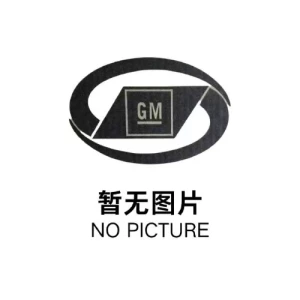Flange Buying Guide: How to Source Quality Flanges from China in 2025
When it comes to industrial piping systems, flanges play a crucial role in connecting pipes, valves, pumps and other equipment. As global manufacturing continues to shift eastward, China has emerged as the leading supplier of high-quality, cost-effective flanges for various industrial applications.
How to Find Reliable Flange from China in 2025
The Chinese industrial machinery market offers thousands of flange manufacturers, but finding trustworthy suppliers requires careful vetting. Start by verifying business licenses and quality certifications like ISO 9001. Reputable manufacturers typically have at least 5 years of export experience. Platforms like Alibaba can be useful, but always request factory audits and product samples before placing large orders.
What Buyers Should Know Before Buying Flange from China
Material quality is the most critical factor when sourcing flanges from China. Carbon steel and stainless steel are common, but specifications vary significantly. Always request material test reports (MTRs) and ensure they meet ASTM/ASME standards. Payment terms typically range from 30% deposit with 70% before shipment to full LC payment for new customers. Lead times average 4-6 weeks for standard sizes.
Types of Flange
The main flange types include:
- Weld Neck: Best for high-pressure applications
- Slip-On: Easier installation for low-pressure systems
- Blind: Used to seal piping systems
- Socket Weld: Ideal for small diameter pipes
- Threaded: For easy assembly without welding
- Lap Joint: Allows easy alignment of bolt holes
Functions and features of Flange
Flanges serve three primary functions: connecting piping components, allowing easy maintenance access, and providing strength to withstand pressure. Key features include pressure ratings (from 150# to 2500#), face types (flat, raised, ring-type joint), and dimensions that must match connecting pipes precisely.
Scenarios of Flange
These components are essential in:
- Oil and gas pipelines
- Chemical processing plants
- Water treatment facilities
- Power generation systems
- Shipbuilding and marine applications
How to Choose Flange
Selection depends on:
- Operating pressure and temperature
- Fluid characteristics (corrosive, abrasive, etc.)
- Connection method requirements
- Budget constraints
- Future maintenance needs
Flange Q & A
Q: How do I verify Chinese flange quality?
A: Request third-party inspection reports, material certifications, and always test samples under actual operating conditions.
Q: What's the price range for standard flanges?
A: Carbon steel flanges typically cost $5-$50 per unit depending on size and pressure rating, while stainless steel versions range $20-$200.
Q: How long do flanges typically last?
A: With proper material selection and installation, quality flanges can last 15-25 years in most industrial applications.
Q: Can I get custom-sized flanges?
A: Yes, most Chinese manufacturers offer custom production with MOQs starting around 50 pieces for standard materials.
Q: What's the best way to prevent flange leaks?
A: Proper gasket selection, bolt tightening sequence, and surface finish are critical - consult ASME PCC-1 guidelines.



























